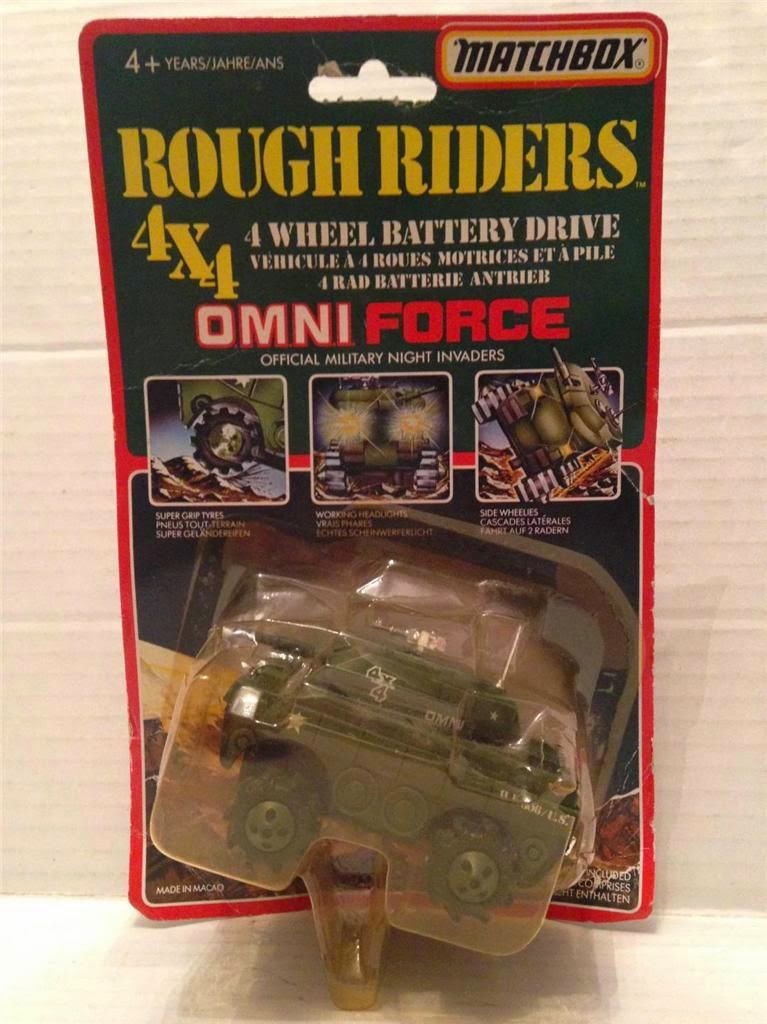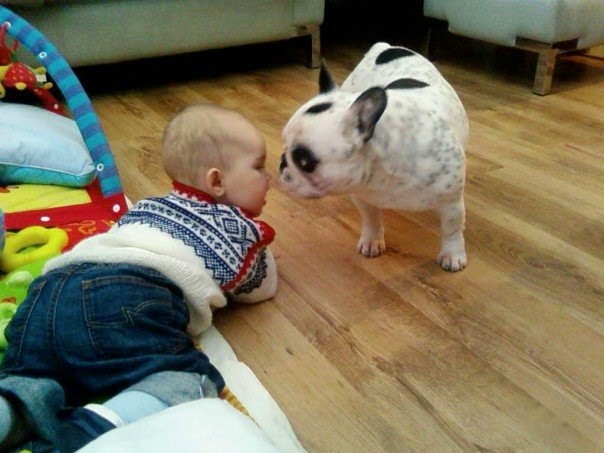I haven't written in a while because life has got in the way. But as we approach Christmas day it seems appropriate to provide a general update. The animals are all on their winter schedules at the moment - cooler temps and no more than nine hours of daylight. It will stay that way until the end of Jan when I will slowly start altering the split.
The female New Caledonian Giant Gecko is growing but not very fast. I am beginning to wonder if her parents really were the giants I saw in the breeder's photos. They have a tendency to enter rapid growth spurts and I am hoping one is just around the corner for her. Having turned two only last month it is fair to say she is a very young NCGG and certainly not sexually mature, but this next year will be critical. She is likely to reach most of her size potential by the end of year three, so what happens in the next twelve months will prove very interesting. Anyway, she is a beautiful animal and has a lovely temperament - something that cannot be said of our male. Since her arrival he has become ultra territorial and suddenly is quite happy to bite. At night time it is best to just leave him alone. The Storr's Monitor lizards have slowed down significantly and are well aware that winter has arrived. Sometimes they don't come out at all and we must hope for more luck breeding them this year. I am sure mating took place last spring, but nothing came of it - not a single egg.
So with the brief animal update covered, let us move to the Christmas toy bonanza for 2014. Anyone who has read my previous posts on toys will be aware that I am not a big fan of the current industry trend towards age compression. By that I mean the unwholesome way our kids are shuttled onto games consoles as soon as they can hold a controller. When I was a child, back in the 80s, it was not unusual to still be playing with trucks and the like aged eleven or twelve years old. We would get outside and build obstacle courses, just happy to flex our imaginations and marvel at what a basic motor could achieve. It was about connecting stuff, testing stuff and being hands on in the real world. Of course we played computer games but they were not the centre of everything and only started to become more important as we crossed the teenage divide.
When I watch my youngest son setting up his matchbox cars and taking them off for adventures, I can almost hear his active, young imagination ticking over. He doesn't need to be stuck in front of a computer screen to indulge that side of his personality.
So I decided to keep things real again this Christmas and managed to purchase a MIB Animal Xtendor. That is the final Galoob Power Machine, missing from our collection, and is an upgrade on the original claw bursting 4x4. This interesting creation has an extra axle, which springs backwards as an anti-flip mechanism, so it is able to overcome the original animals main flaw - namely that of pushing itself over when using auto-traction to climb a hill. It is fiendishly hard to find but I had to take out my trusty soldering iron to get it working. So by borrowing parts from our knackered old Animal Power Pickup I was able to breathe life into this tiger striped beauty.
It is powered by the same six volt motor and the drive train is identical to the four wheeled version. This makes it a bit slower because the motor has to work that much harder - it must also power the rear extension mechanism - but it does greatly enhance the ascent angle. Galoob had some very clever engineers.
So that is the main one, but I recently recalled a series of mini 4x4s that were perfect for racing in the garden and crossing scaled down obstacle courses. One type was manufactured by Matchbox and called Rough Riders (license absorbed by LJN, who then produced the TriEx Rough Riders). The other series was called Stompers. They were very similar and both had true 4x4 capability that allowed them to handle fairly hefty climbs. They added the one missing dimension to my youngest son's toy car universe - power! Ok, so it was only 1.5 volts of power, but those little trucks could handle quite a lot.
Schaper (Stomper creators) also produced a series of plastic off road courses to test the cars and excite young minds. We had Wild Canyon, Badlands, Devil Mountain and others. They were superb creations but very rare here in the UK. Seemingly just never took off.
Schaper even thought to include roundabouts, so the vehicle could switch direction unattended, but we must remember that these were basic trucks that only went forwards. As such the normal 'super grip' tyres would happily hit the sides and launch the vehicle over the top. To overcome this problem Schaper included special convex hub caps that allowed the vehicle to smoothly navigate the obstacle course. They only came on vehicles sold with these special action sets (to my knowledge). It is interesting to note that none of the box covers show these essential additions, but I can assure you that if you try to run a mini 4x4 along these courses without them, then you will soon be disappointed.
The hub caps are an essential part of the design and it just won't work properly without them. They allow trucks to smoothly traverse the obstacle course without tyres snagging on the side. It is interesting to see that most sets for sale online (invariably on ebay) either don't have trucks at all or they are missing the hub caps. In spite of this people don't mention the problems their absence will cause when trying to run our little power houses along the artificial terrain. They probably are not aware, but believe me I have tested it! (read on for the story). It causes nothing but frustration. The caps easily detach and must be very easy to lose, that is no doubt why so many sets no longer include them. The pic below illustrates what I mean.
Anyway I managed to locate a vintage Schaper Stomper Action Track on ebay. The seller found it at a car boot sale and had never seen one before. It included two trucks but the motors were dead.
I couldn't find any Stompers in the UK and the ones in the US were used and silly money, so my plan was to run Rough Riders on this track. The first vintage classics - mint in sealed box - I located were Rough Riders Omni Force. By this point, however, they had made a crucial modification - one that I overlooked and was to cause a lot of panic searching.
The hub caps were conical, in order that the vehicles can do wheelies. This is pretty cool but it severely limits them on both Stomper tracks and the Power Scouts adventure systems. The latter is the latest powered offering from Matchbox and includes all sorts of cool obstacles. Anyway it was a disaster.
I was back on the hunt and finally found a MISB Matchbox Fire bird Rough Rider. No conical wheels! It arrived and it worked, but it still couldn't navigate the roundabouts.
It wasn't bad on the Power Scouts system, however, which was something. Then it struck me - what about the dead trucks in my Stomper Action Set? Maybe the tyres would fit the Fire bird. It transpired they were too tight but using my trusty soldering iron I was able to widen the space and allow the wheels to fit! The hub cabs were inserted and boom - it could navigate the roundabout and avoid getting snagged on the walls. Not a perfect fit but the connection seemed solid and did the job.
I watched a video where one fellow suggested the foam tyres - a later option - are better at preventing side wall snags, but be that as it may they certainly would not allow the truck to navigate the roundabout. You need the hub caps - I can't say it enough. It was miraculous that my UK set had trucks that both still had their caps on.
Anyway Christmas day the kids can race them outside in the fresh air, dig courses in the flower beds and generally extend their imaginations using toys that are appropriate for their age. This isn't about holding them back (they still have a games console) it is about resisting the industry's demands to push our kids away from building and interaction, to ensure their imaginations do the work and not a CPU inside a computer. Getting kids involved with nature is well aligned with these sorts of toys, we are encouraging the same sort of thinking and moving them aware from Xbox/IPad fixations. Merry Christmas everyone.








.JPG)
.JPG)
.JPG)

.JPG)













